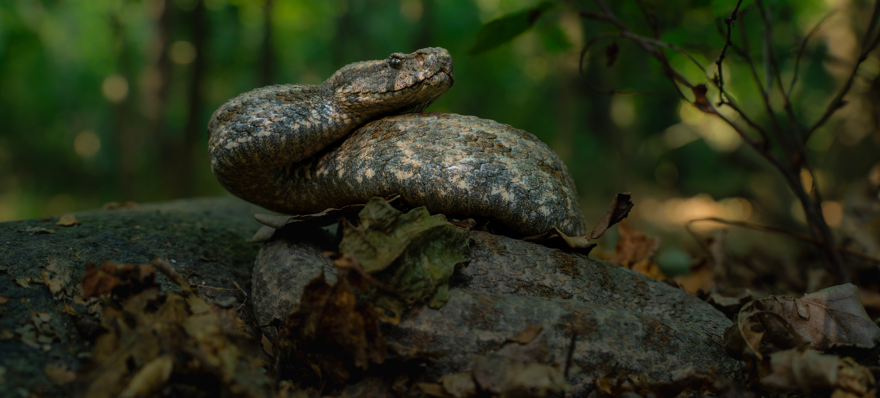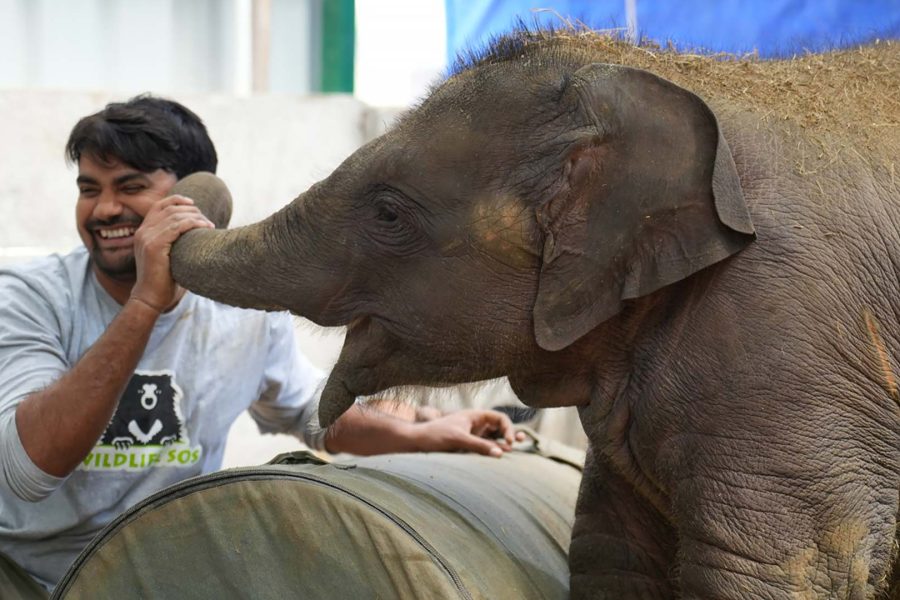The sleek big cat made its way through the foliage of its enclosure at the Bannerghatta Biological Park in Karnataka, India, vaguely aware of the eyes watching it from the other side of the enclosure. The five-year old male leopard had spent its entire life in the zoo, and was by now unperturbed by human beings observing its every move and admiring its stunning spotted frame.
But today, it’s generally graceful gait was disoriented and confused, and the leopard seemed to be tumbling clumsily through its enclosure. The eyes watching it, those of the park staff, were grim with concern.
A staff member had noticed a few days earlier that the leopard had developed a slight depression on its temple, despite no recorded history of trauma to the skull area. Worried, he’d informed his colleagues, and they began keeping a close eye on the animal.

The disoriented gait of the stunning male leopard had everyone perplexed and extremely concerned, so a frantic call was made to the neighbouring Bannerghatta Bear Rescue Facility, run by Wildlife SOS. The team of vets from BBRC, led by Wildlife SOS senior veterinarian, Dr. Arun A. Sha, was called in for a consultation and examination of the distressed feline.
A preliminary examination revealed that the leopard was walking strangely, as if disoriented, with awkward uncoordinated movements. Concerned the Wildlife SOS vets took a closer look and noticed the deep depression on the right side of the leopard’s head. When park staff reported that the depression had visibly increased in size since their last observation, the vets got to work immediately.
An ultrasound of the leopard’s head, followed by an x-ray, revealed that there was no damage to the skull, and the diagnosis was made- muscular atrophy. The muscles in the area were degenerating slowly and causing a gradually deepening depression on the leopard’s head. During the ultrasound, the leopard’s sleek frame began convulsing violently, and the animal was given a quick dose of diazepam to control the convulsions. Dr. Arun prescribed a dosage of multi-vitamins and anti-inflammatory drugs to treat the leopard, until samples could be drawn and a diagnosis of the cause of the atrophy could be carried out.

Post the medical treatment, the vets noticed that the leopard was walking normally but kept its head tilted slightly to the right side. Staff at the zoo were instructed to keep a close eye on the leopard and to report all progress to the vets at BBRC.
A few more vets are being called in for a consultation and to draw the samples required for diagnosis. For now, the zoo staff are thrilled to report the medication has helped significantly and the leopard is as active as ever, back to being the prince of his patch of jungle!




